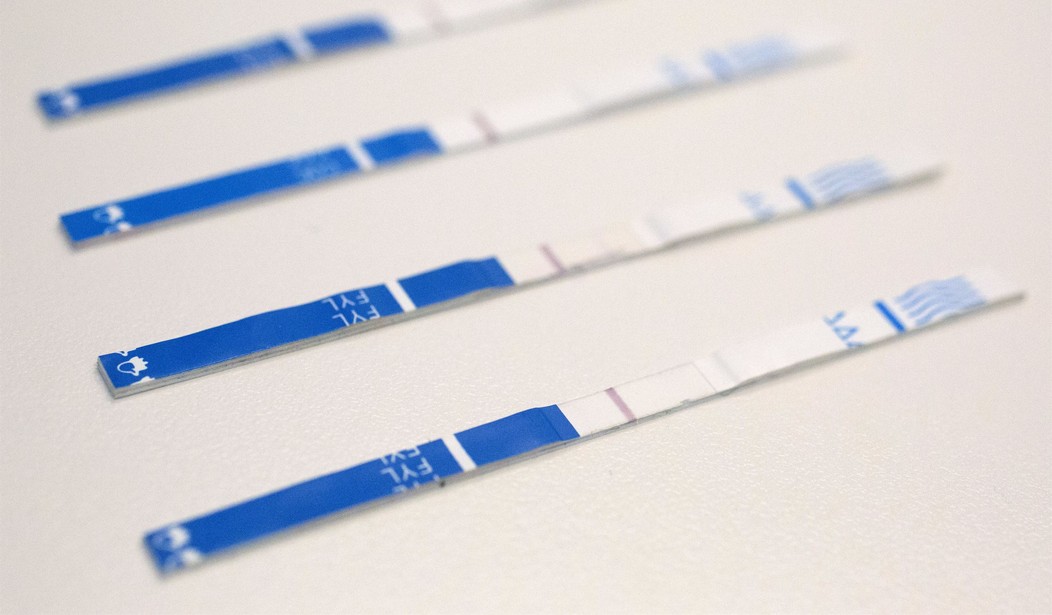Deaths due to overdose have skyrocketed at an alarming rate over the past year. According to the National Center for Health Statistics, the rate rose to a record 93,000 amid the COVID-19 pandemic.
The Associated Press noted that this estimate “far eclipses the high of about 72,000 drug overdose deaths reached the previous year and amounts to a 29% increase.”
Brandon Marshall, a public health research at Brown University, stated that “this is a staggering loss of human life” and acknowledged that “COVID has greatly exacerbated the crisis.”
The report notes that lockdowns and other restrictions related to the pandemic have made life more difficult for those suffering from drug addictions. Even worse, they have presented challenging obstacles when it comes to seeking treatment.
The AP report provides a short history of overdose deaths:
While prescription painkillers once drove the nation’s overdose epidemic, they were supplanted first by heroin and then by fentanyl, a dangerously powerful opioid, in recent years. Fentanyl was developed to treat intense pain from ailments like cancer but has increasingly been sold illicitly and mixed with other drugs.
CDC data shows that fentanyl caused over 60 percent of overdose deaths last year. Shannon Monnat, an associate professor of sociology at Syracuse University told the AP: Nearly all of this increase is fentanyl contamination in some way. Heroin is contaminated. Cocaine is contaminated. Methamphetamine is contaminated.”
Interestingly enough, the professor also said there is no evidence that a greater number of Americans began taking drugs in 2020. The number of deaths is mostly made up of individuals who had already been struggling with addiction. The Detroit Free Press noted:
The reduction in resources and increase in isolation, plus the panic and stress and worry associated with COVID-19 created a perfect storm for relapse — people who re-start drugs after a period of sobriety are prone to relapse because their bodies have lost their tolerance for drugs — and for continued use of drugs that are more powerful than ever.
Even more noteworthy is the fact that some of these folks told the AP that suspensions on evictions and extended unemployment benefits added to their problems with addictions because they left them with more money. According to Monnat, these people said: “When I have money, I stock up on my (drug) supply.”
The 93,000 deaths translate roughly to 250 deaths per day, which breaks down to 11 each hour. It marks the most significant jump since 2016 when the rate moved up by 11,000.
By way of comparison, the AP noted that fewer than 7,200 overdose deaths occurred in 1970 during the heroin epidemic. Only 9,000 deaths occurred in 1988 at the peak of the crack epidemic.
Due to the proliferation of fentanyl, experts do not expect the number of overdose deaths to start lowering anytime soon. This issue was already worsening even before the COVID-19 outbreak. Even with the lockdown orders winding down it does not seem that the nation has found an answer to this problem.
But what Professor Monnat said about the impact of deferred evictions and enhanced unemployment benefits is of particular interest. In fact, it’s a bit surprising that the AP would even include that piece of information in the report given the fact that it is Democrats who typically champion these types of policies.
The effect of these government welfare programs on the increase in overdose deaths cannot be overlooked. Indeed, it seems appropriate that a more thorough probe of this matter be conducted to determine the extent to which these measures are contributing to increased rates of drug use.
While data on this question is not yet available, and may never be, it is evident that the lockdown orders and subsequent welfare programs are an integral element of this equation. It is yet another example of government action that is ostensibly well-meaning but turns out to be deadly. In the end, this should be yet another lesson as to why big government programs are typically worse than the problem they are created to solve.













